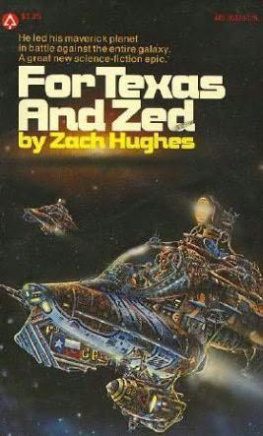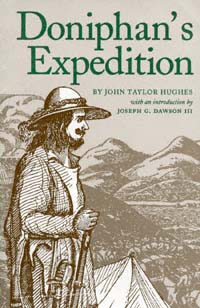| During the 1840s, Alexander William Doniphan and John Taylor Hughes agreed with thousands of Americans who believed that the United States was destined to expand across the continent, between the Mississippi River and the Pacific Ocean, including large portions of Mexico. Writing in 1845, John O'Sullivan, a journalist who favored the Democratic party and contributed to the Democratic Review, gave the popular concept of expansion a meaningful sobriquet, "Manifest Destiny," stating that God ordained America's westward movement. Although thousands of Americans ardently favored Manifest Destiny, critics of territorial expansion branded such men as Doniphan and Hughes as "annexationists" and were worried that taking western lands would also expand the institution of slavery and lead to international wars, with either Great Britain or Mexico or both.1 |
| Campaigning on an annexationist platform, James K. Polk, a Democrat from Tennessee, had been elected president in 1844 and inaugurated in March 1845. Polk's campaign promises called for annexing Oregon in the northwest, Texas in the southwest, and purchasing the Mexican states of New Mexico and California. Nationalistic Americans joyfully contemplated these acquisitions and delighted in the idea that these blocks of land would fill in the map of the United States, confirming its national reach across the continent. Doniphan and Hughes, though both had supported Senator Henry Clay, leader of the Whig party and Polk's rival for the presidency, endorsed their new president's call for obtaining these lands. Shortly before Polk had taken office, outgoing president John Tyler arranged for an unusual joint resolution of Congress to approve statehood for Texas, then in its tenth year as an independent republic. Early in Polk's term, American and British diplomats settled the Oregon question by dividing the region neatly along the forty-ninth parallel, leaving the remaining matters of New Mexico and California, what many Americans all too simply considered to be only a major real estate deal.2 |
| More than twenty years of antagonism marked relations between Mexico and the United States. Disputes over boundaries and debts and participation by Americans in the Texas Revolution of 1835-36 were among the disagreements that divided the two countries. It appeared to Mexicans that the United States had helped Texas secede from the Republic of Mexico, and Mexicans demonstrated remarkable consensus that they must regain control of Texas, viewed as a wayward province that unfortunately had strayed from the fold. |
|






